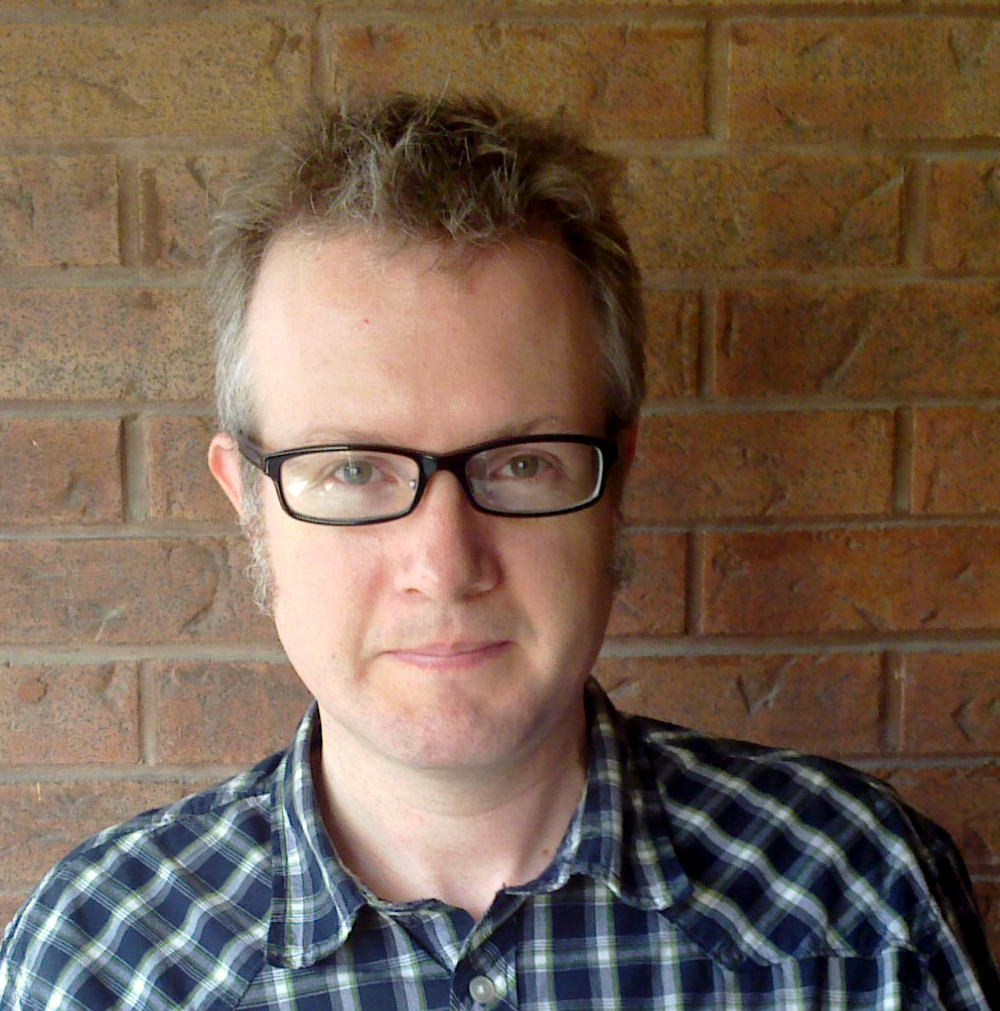About Me
I am an associate professor at the Research Center for the Early Universe on the Hongo campus of the University of Tokyo. I am a member of KAGRA and of the LIGO Scientific Collaboration, and work primarily on searches for gravitational waves from the mergers of compact objects like neutron stars and black holes.
I did my undergraduate studies at York University at the north end of Toronto where I received a Bachelor of Science in Physics. From there I moved to Edmonton where I attended graduate school at the University of Alberta where I worked on problems related to structure formation in the very early universe with my supervisor Prof. Don Page, and received a Doctorate of Philosophy in Physics.
After graduate school I lived in Milwaukee, Wisconsin, where I was a postdoctoral researcher with the gravity group in the Physics Department of the University of Wisconsin-Milwaukee. If you drink beer and/or drive a motorcycle (I do both) you should visit Milwaukee. Some people know that I moved from Edmonton to Milwaukee in a big yellow school bus. After Milwaukee I was a senior postdoctoral researcher with the LIGO Laboratory at Caltech. My Caltech e-mail address was kipp@caltech.edu, not to be confused with kip@caltech.edu, a totally different person. The house I rented in Pasadena came complete with a very young feral cat living under the floor whom I adopted. She and I then moved to Toronto where we lived with my partner, Catherine, and a big brown cat we found at the Humane Society, while I worked as a senior research associate at the Canadian Institute for Theoretical Astrophysics on the St. George campus of the University of Toronto. Now my partner and I live in both Toronto and Tokyo, and depend on our kind families for cat-sitting while we are in Japan.
Astrophysics and Experimental Gravity
One of the predictions of General Relativity is that the acceleration of a gravitating body will, generally, cause waves of spacetime curvature to radiate away from the body, retarding its movement and carrying energy away with them. This is very much like the phenomenon of electromagnetic wave generation by the acceleration of an electric charge. Because gravitational waves originate in the movement of mass and momentum, not electric charges and currents, they carry with them fundamentally different information about the objects that created them. Furthermore, the most powerful sources of gravitational waves are likely to be black holes and other compact objects with very strong gravitational fields, objects which are not necessarily strong sources of electromagnetic waves (light and radio). Lastly just about everything there is is nearly completely transparent to gravitational waves, which means they can pass unimpeded through dense dust clouds, plasmas, the Earth, even the fireball of the big bang. Altogether, observing gravitational waves promises to open a window into some of the most exotic and inaccessible domains of the natural world.
Unfortunately, because everything is nearly transparent to gravitational waves that makes it very difficult to detect them since they can happily pass right through pretty much any kind of detector we might try to build, without losing energy, without registering in the detector. That can't stop us from trying, though! Starting in the 1960's, people began building devices in the hopes of detecting this new form of radiation. The early attempts were unsuccessful but now we are on the verge of what we hope will, finally, be the dawn of gravitational-wave astronomy.
Starting in the late 1990's, kilometre-scale laser interferometers began being constructed at several locations around the world: GEO600, Virgo, Kagra, and the three antennas of LIGO. The first generation of these antennas proved unsuccessful at detecting gravitational radiation, but they did achieve the design goals laid out in their original proposals which has enabled the second generation of these facilities to be built, the so-called Advanced
detectors. The first time gravitational waves were detected was in 2015 using the Advanced LIGO detectors. Subsequently, the Advanced Virgo detector was successful in detecting gravitational waves, providing independent experimental verification of the observations.
Sometimes not seeing a gravitational wave is a breakthrough. In 2017 we saw the gravitational waves from a neutron star collision, named GW170817. The signal was seen loudly in the two LIGO detectors, but not seen at all in the Virgo detector, which was puzzling because Virgo should have been able to see the signal clearly. The implication was that the source of the signal must have been in one of the parts of the sky the Virgo detector cannot see but that the LIGO detectors can. Virgo's non-detection and what it implied about the location of the source allow the direction to the source to be constrained to a small region, and that allowed an optical telescope to find the flash of light from the explision. This discovery was one of the greatest breakthroughs in atransient astronomy, leading to a paper whose authorlist contains approximately 1/3 of all the astronomers in the world — thanks to Virgo not seeing the signal.
Many things can be learned from observing a neutron star collision, but many more things will likely require future, third-generation, antennas to reveal; antennas like the Einstein Telescope. In the short term, measuring the rate of binary neutron star collisions (just the rate) already will tell us many things. For example, from the rate we can infer what fraction of the energy density of the Universe is in the form of gravitational waves from such collisions, and when combined with other bounds on how much that can be in total it puts constraints on the amount of gravitational-wave energy that can be left over from inflation, which in turn tells us about the conditions in the Universe during that very early time.
